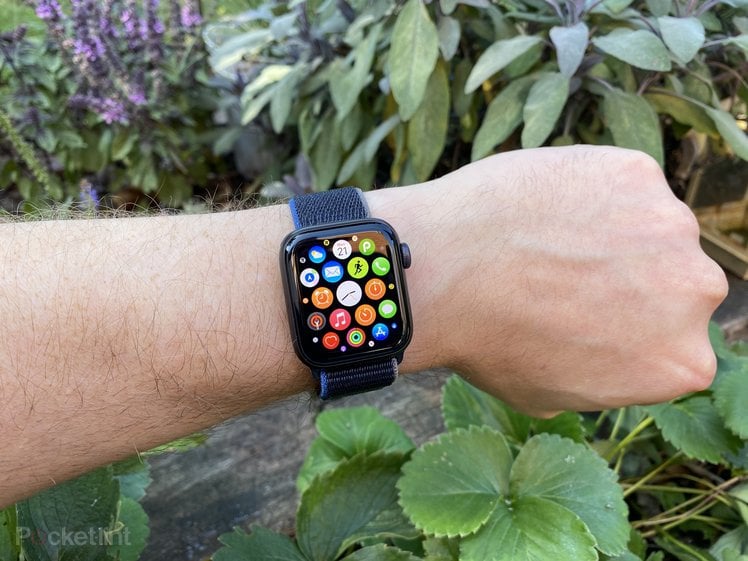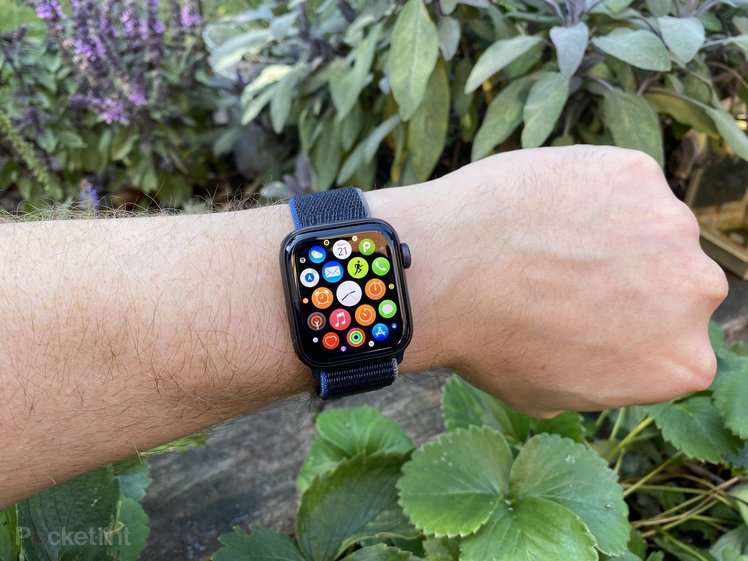
Apple has launched two Apple Watch models in 2020, splitting the range into a what many could see as a “pro” offering – in the Apple Watch Series 6 – and a more price-friendly offering in the new Apple Watch SE.
The SE loses some of the more advanced and premium features in favour of delivering a much more wallet-friendly price. But has Apple cut too many corners to appeal, or has the smartwatch maker got the balance just right?
Watch SE: What features are missing?
- Same design as S6
- Lacks always-on display
- No blood oxygen or ECG sensor
The big question you’re probably asking yourself is whether you should go for the SE over the Watch S6?
The aluminium models, when seen side-by-side, both look the same. Both are available in 40mm and 44mm size variants to suit your wrist size, sport the same screen (the bigger one that’s been standard since the launch of the Series 4), and have multiple strap options to suit your style.
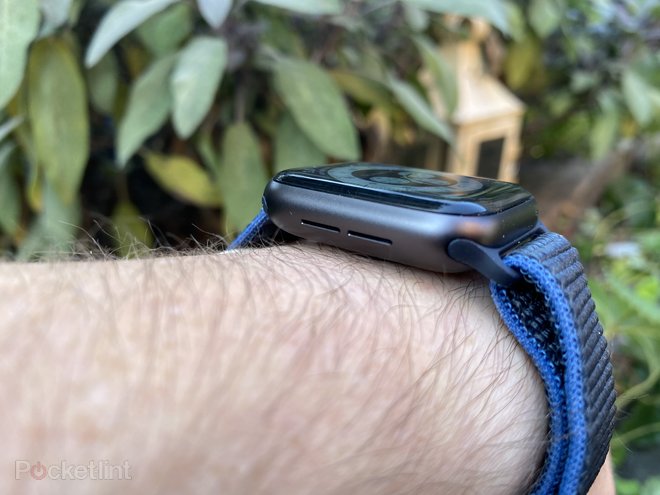
More importantly they also both run WatchOS 7, so the software experience is the same, with the only differences based on the tech that is built-in.
The Watch SE doesn’t have an always-on display, doesn’t come with the ECG (electrocardiogram) functionality, nor the newer blood oxygen sensor. It also sports a slower processor (not that you’ll notice) and doesn’t sport the Apple U1 chip – which will eventually be used for opening car doors and finding your other Apple devices.
Watch SE: Design
- Finishes: Gold, Silver, Space Grey
- Always-on altimeter & compass
- Bigger screen than Watch S3
- 5 hour charge time
- All-day battery life
The Watch SE delivers a much more wallet-friendly price than the top-end S6, the same processor as the Series 5 from 2019, plus a heart-rate sensor, compass, always-on altimeter, waterproof design, louder speaker than the Apple Watch 3, GPS and Cellular support.
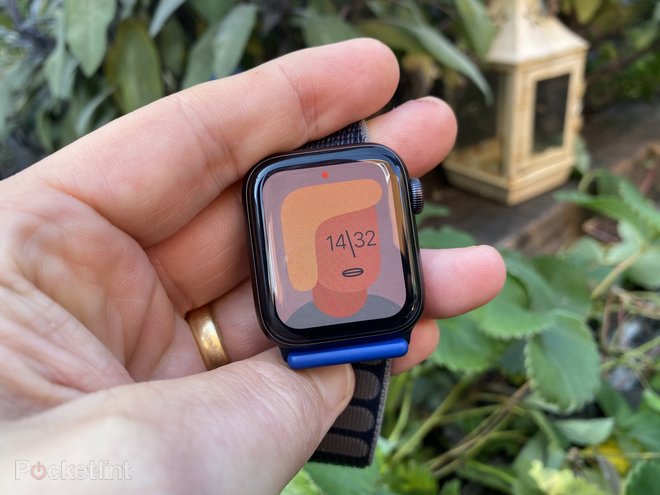
In short: if you were to pitch the SE against previous Apple Watch models it would probably sit somewhere between the now-discontinued Series 4 and Series 5 models.
Sleek and stylish, the SE comes in three colours – Gold, Silver, and Space Grey – with numerous options on which swappable band you can buy. There’s a new “loop” option that stretches to fit, with nine different sizes so you can order the right size for your wrist.
Everything is controlled via a combination of using the touchscreen, the digital crown, and side button. The combination of the three gives you access to everything you need.
Charging is wireless via a puck in the box (remember you’ll need to supply your own power charger though, as that’s not included) and the Apple Watch SE can charge from zero to full within two-and-a-half hours (that’s an hour slower than the S6, but still pretty fast).
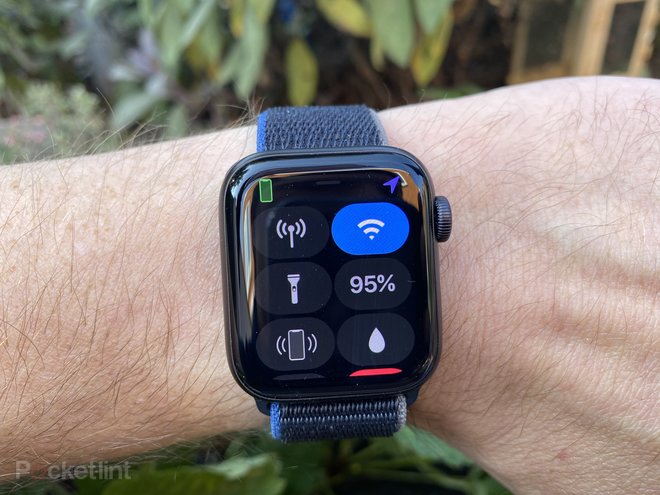
The Watch SE is also waterproof, making it great for swimming, or those moments you jump in the shower and forget to take it off.
Chances are you won’t have experienced the Apple Watch always on-display – if you’ve already got an Apple Watch Series 5 this watch isn’t aimed at you – and so not having it really won’t be an issue. It’s a nice to have, and if you do want it then look to the S5 or S6 models instead.
What sensors does the Watch SE have?
- Always-on altimeter and compass
- Heart rate sensor
On the sensor front, you don’t get some of the snazzy sensors found in the S6 model, but for most people that shouldn’t be an issue. In the two years we’ve had the ECG feature on our Apple Watch (both Series 4 and Series 5 models) we’ve really only used it for showing off, and while it’s a valuable piece of kit for the right people, if you’re healthy then we don’t think it is a deal-breaker.
Likewise, we suspect it will be the same for the new blood oxygen sensor, as introduced in the Series 6 model. It’s a potentially great new addition for Apple Watch, but probably something the vast majority of people won’t need or be worried about measuring. Do you know what it means to have a 98 per cent score and how you could improve that? Yeah, we don’t either.
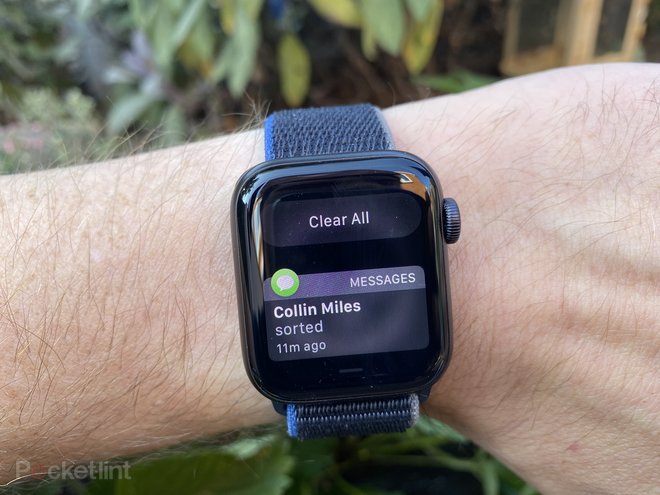
What you do get in terms of sensors is the heart-rate monitor – which is fantastic for measuring fitness in a meaningful way – a compass, and an always-on altimeter.
If you’re planning on using the Watch SE to keep fit and track your exercise – which, let’s face it, is probably why you’re thinking about getting one – then that heart-rate monitor will do the trick. The compass not so much, but at least the altimeter will let you know the evaluation on that epic hike or run when GPS isn’t being reliable.
